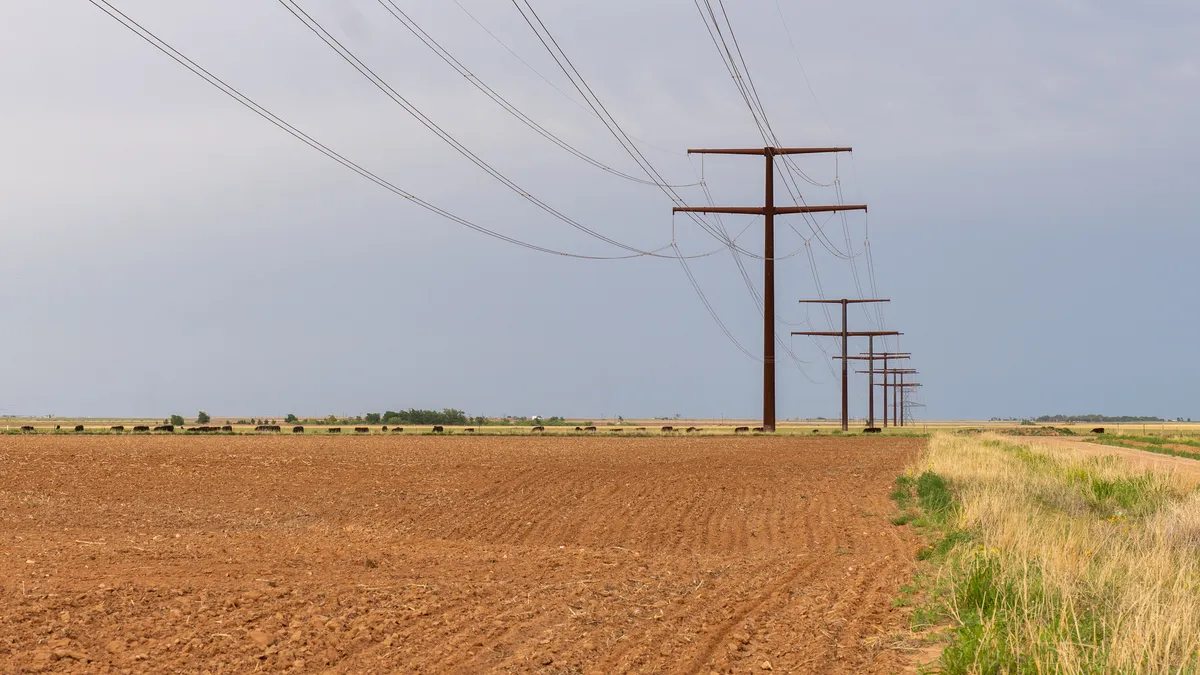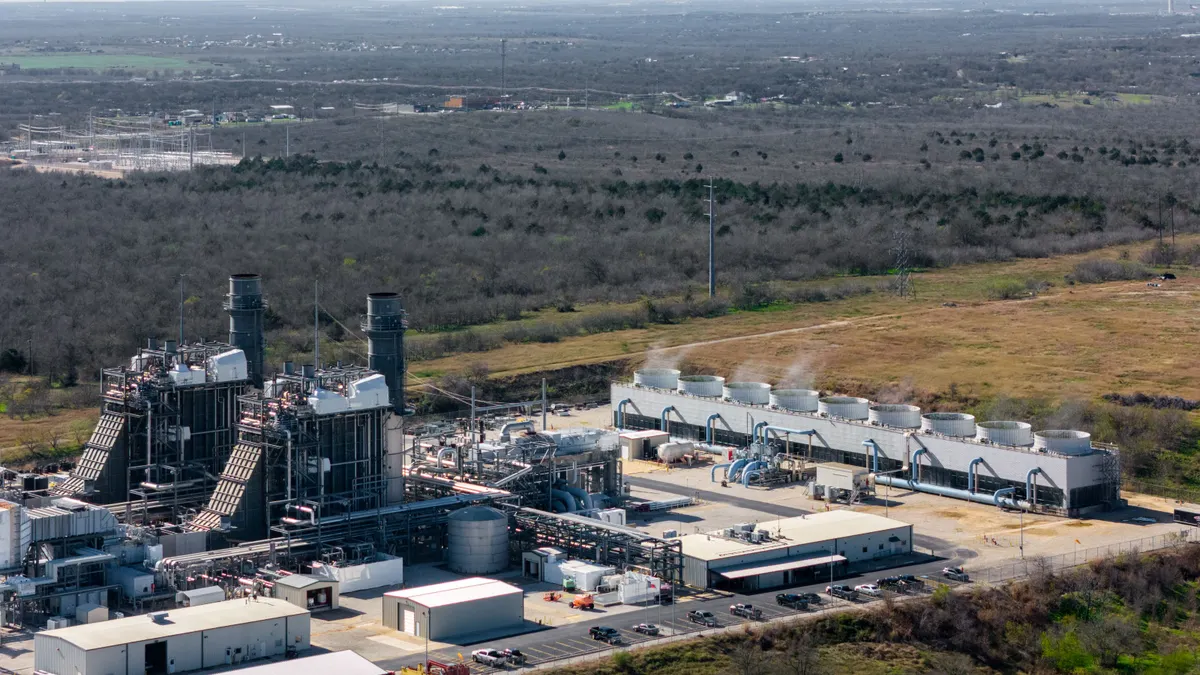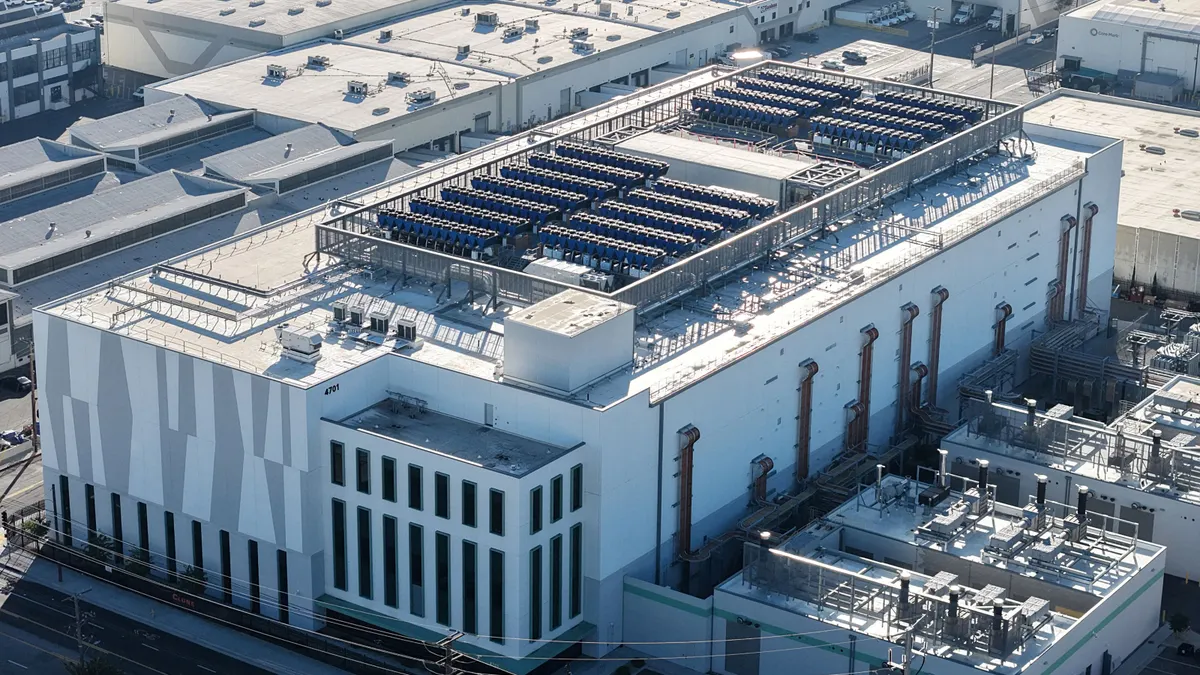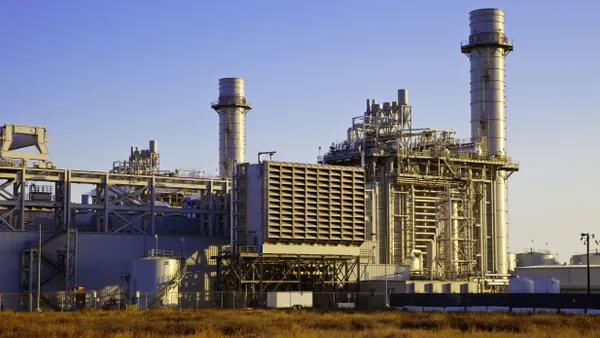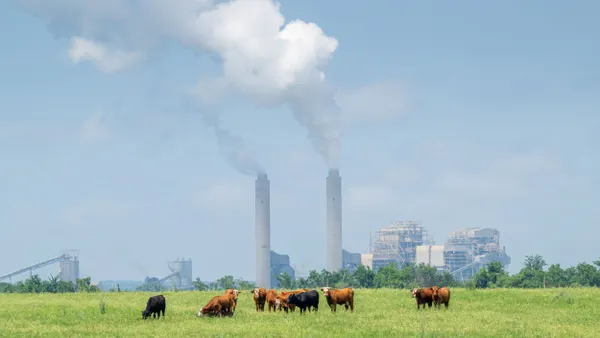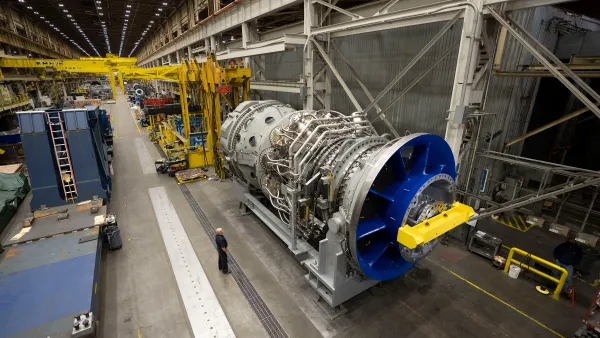Surging loads
In the last 12 months, AEP’s utilities sold 6% more electricity compared to the previous year, with residential sales up 2.3% and commercial sales up 7.9%, and those sales are expected to continue growing, according to the company. About 2 GW of data centers came online in the third quarter, Trevor Mihalik, AEP vice president and CFO, said Wednesday during an earnings conference call.
AEP expects its peak load will hit 65 GW by 2030, up from 37 GW, with demand surging in Indiana, Ohio, Oklahoma and Texas, according to William Fehrman, AEP chairman, president and CEO. The growth estimate includes 28 GW of customers with electric service agreements or letters of agreement, he said.
About half of that 28 GW is in the Electric Reliability Council of Texas market, 40% in the PJM Interconnection and 10% in the Southwest Power Pool, according to Fehrman. About 80% of that pending demand is from hyperscalers such as Google, AWS and Meta, Mihalik said. The remaining demand growth is from industrial customers with projects such as a Nucor steel mill in West Virginia and Cheniere Energy's liquefied natural gas facilities in Texas, he said.
“We are in, I would say, the cat bird seat with regards to connecting data center load,” Fehrman said. “The 765-kV transmission network that we have provides us with an extreme competitive advantage for where these folks are trying to site.”
AEP owns about 2,100 miles of 765-kV transmission lines in six states, making up 90% of all 765-kV infrastructure in the U.S., according to the company.
Renewables part of the plan
“Electricity demand growth is putting pressure on reliability, and this new demand is driving the need for generation diversity, including significant generation additions or retirement delays,” Fehrman said.
AEP’s utilities’ integrated resource plans call for adding about 27.2 GW of generation through 2035, including 12.8 GW of gas-fired generation, according to the company.
Gas makes up 56% of AEP's generation plans
AEP has secured 8.7 GW of gas turbine capacity and has a high-voltage equipment agreement in place with a key industry supplier, according to Fehrman.
While some states where AEP utilities operate want to add gas-fired generation, some utility customers remain “heavily interested in renewables,” Fehrman said. AEP’s capital spending plan includes more than $7 billion for renewables, he said.
Will AEP keep rates affordable?
Despite its growing capital spending plan — and expectations for average 9% annual operating earnings growth through 2030 — AEP expects it will be able to keep average annual residential rate increases at 3.5%.
“It is critically important that costs associated with these large loads are allocated fairly and the right investments are made for the long-term success of our grid,” Fehrman said, noting its utilities have approved data center tariffs in Ohio and large load tariff modifications in Indiana, Kentucky and West Virginia, with pending tariff filings in Michigan, Texas and Virginia.
“As we ramp up our investments in this electric infrastructure super-cycle, more of the incremental costs are assigned to commercial and industrial customers who are driving the increased investment,” Fehrman said.
AEP utilities are moderating residential rates through affordability “levers,” such as incremental load growth, rate design, a focus on operations and maintenance costs and financing mechanisms like securitization, Fehrman said.
AEP expects the combined return on equity at its utilities will increase to 9.5% in 2030 from 9.1% in the last 12 months, partly driven by “legislative and regulatory advancements.”
AEP’s utilities have about 5.6 million customers in Arkansas, Indiana, Kentucky, Louisiana, Michigan, Ohio, Oklahoma, Tennessee, Texas, Virginia and West Virginia.



